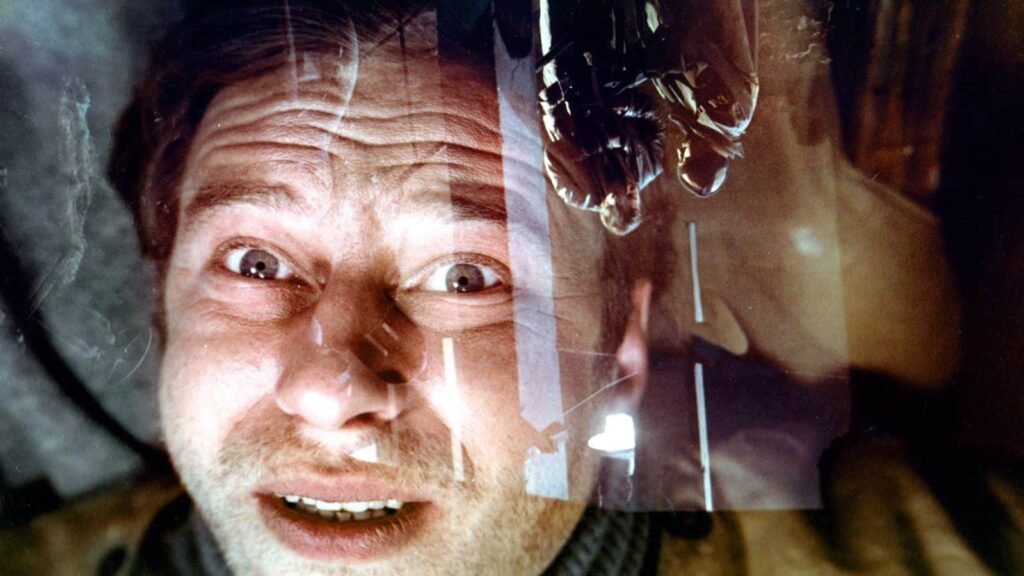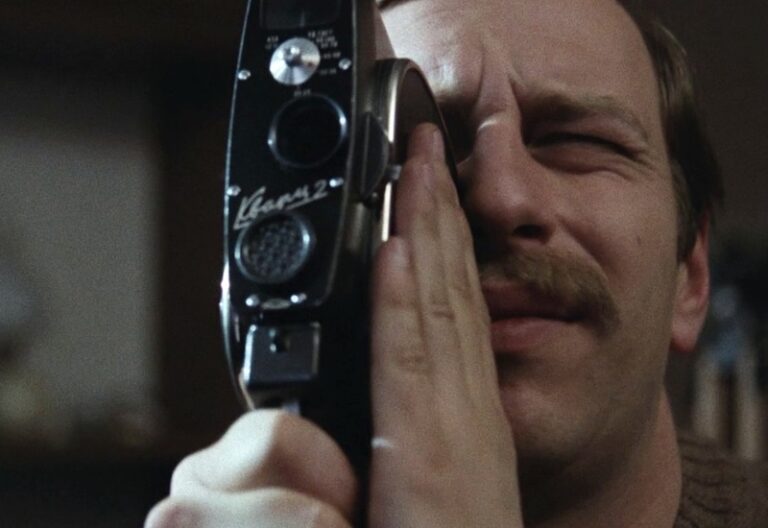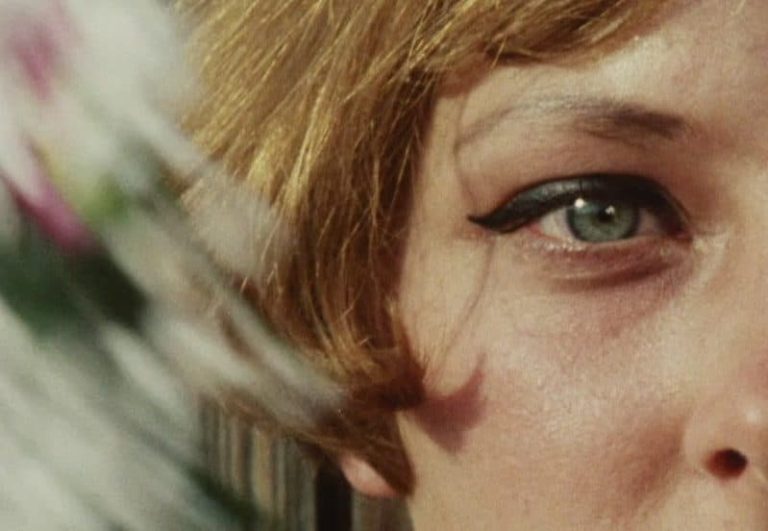o-bi o-ba: the end of civilization review
film by Piotr Szulkin (1985)
When we think of science fiction movies, most people probably envision the studio films that have dominated popular culture for decades and continue to churn out reboots and sequels. Unfortunately, this trend will likely persist until the world more closely resembles the film that has prompted this review. Among the giants of science fiction cinema are some lesser-known titles and directors, one of them being O-Bi, O-Ba: The End of Civilization.
Review by: Aaron Jones | Filed Under: Film Reviews
August 19, 2024
Polish filmmaker Piotr Szulkin was part of a cinematic movement known as The Cinema of Moral Anxiety, a term that translated into three or four similarly named movements. Lasting from the late ’70s to the ’80s, it produced a handful of titles from a small group of directors.
Serving as a mirror for the regime, these films focus on depicting common people in their daily struggles to survive the pain of existence brought on by myriad forms of oppression. O-Bi, O-Ba is part of what is known as the apocalypse trilogy – or tetralogy – by the Polish auteur and former public enemy. The other films in the series are “Golem” (1979), “The War of the Worlds: Next Century” (1981), and “Ga-Ga: Glory to the Heroes” (1985).

In the aftermath of nuclear war, the world is frozen and shrouded in radiation from the fallout. The 1,000 or so remaining humans eke out a meager existence in a primordial daze, dressed in rags and living in subterranean squalor within the confines of what is known as “The Dome,” the last human dwelling deep in the earth’s caverns. One of the survivors, known as “Soft,” is a totemic false prophet of morale, working for the powers that be and inspiring the inhabitants with lies of an Ark—a fabled vessel that will inevitably come to rescue them from their perpetual state of misery.
The Ark serves as a beacon of hope to distract the people from the ever-deteriorating dilapidation of The Dome and the failures and lies of the self-serving authoritarian rule. As we get to know the environment of the underground prison where the survivors live, we observe Soft carrying out his daily tasks and menial chores throughout the compound, serving as a yes-man and a fixer. Immediately, we are shown the desolate milieu through an icy blue palette, cruelly reinforcing hopes of what will never come and revealing the oppressiveness of false hope and promises of insurmountable liberties.
The Polish and much of Eastern Europe have a particular talent for capturing desolation within the aesthetics, expositions, and mediums of their art. Their history most likely serves as a source for its authentic representation, avoiding the sensationalized garishness more common in some Western cinema. In that history, many of the film’s themes come to fruition within its subtext—a government that has abandoned its people in favor of self-advancement and greed.

We observe a system inspired to inflict its authority, using those who still show allegiance as disposable resources driven by paranoia to carry out tasks of insignificance rather than contribute through acts of empathy. The film reveals the murkiness of politics and the barest bones of a class system thriving in a dystopian future, where a handful of precious metals may not even buy a single onion, where wealth is still hoarded by those who have it and who are alienated and surrounded by decaying materialism with nowhere to enjoy it, and where wealth and food are still used as levers of control.
These themes and images communicate a deliberate pensiveness that never feels restrained while possessing cryptic grammar within the film. It aims to reveal certain truths about our inherent psychology that survive tragedy and historical ruin and remain an intrinsic component of human nature. This is a telling example of our need to believe in a better place that will rescue us from the darkness; even if we subconsciously know it to be false, we still clutch onto these ideas of hope. Conveying our desire for escapism, Soft, who knows the Ark is a lie, has his own fantasy throughout the film that he allows to lead him to the very end.
O-Bi, O-Ba is an existential parable that showcases our relationship with religion and our reliance on faith and authority to give us a false notion of control, a fear of emptiness, and the cosmic horror that life could be without meaning. It is a visually imaginative fever dream with the primeval and gothic residue of a modern dark age.

Author
Reviewed by Aaron Jones. Based in California, he developed a passion for film from a young age and has since viewed over 10,000 films. His appreciation for the medium led him to film criticism, where he now writes for CinemaWaves, offering analysis of both contemporary releases and timeless classics. In addition to his work here, he has contributed to other publications as well. Feel free to follow him on Instagram and Letterboxd.
In 1943, Rudolf Hoss, commandant of the Auschwitz concentration camp, lives with his wife Hedwig and their five children in an idyllic home next to the camp. Hoss takes…
In this classic thriller, Hans Beckert, a serial killer who preys on children, becomes the focus of a massive Berlin police manhunt. Beckert’s heinous crimes…
With the strange disappearance of Laura, two colleagues, her older boyfriend, Rafael, and Ezequiel, learn of their recent discoveries, which may help…
The Cinema of Moral Anxiety, or Kino Moralnego Niepokoju in Polish, represents a pivotal movement in Polish cinema, developing during the 1970s and continuing into the early…
Arthouse film refers to a category of cinema known for its artistic and experimental nature, usually produced outside the major film studio system. These films prioritize artistic…
In the mid-20th century, a cinematic revolution was brewing in Czechoslovakia. The Czechoslovak New Wave, film movement characterized by visual experimentation…






